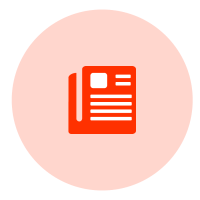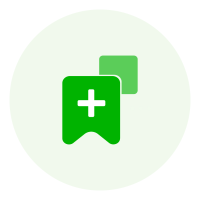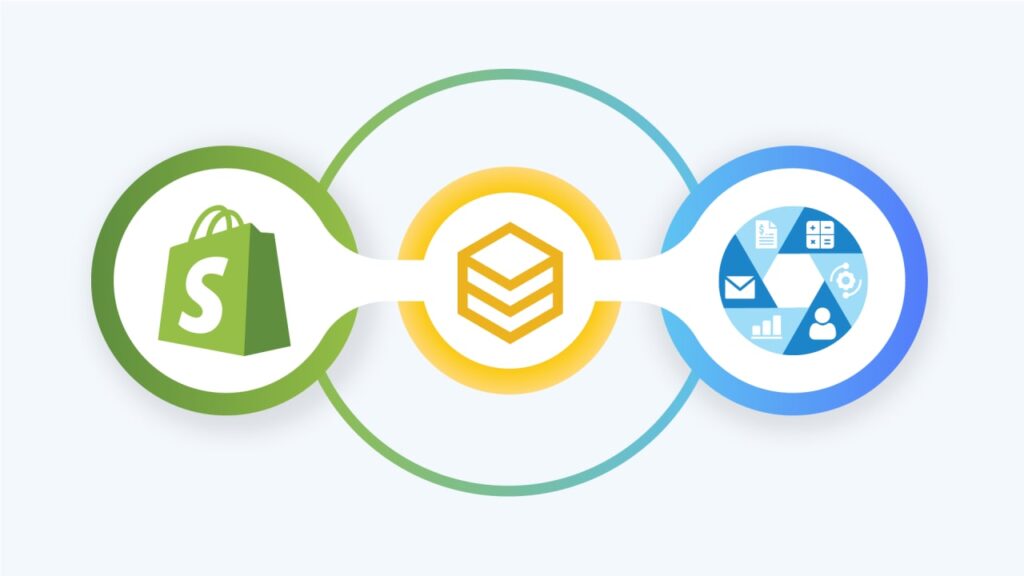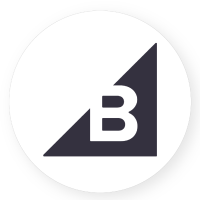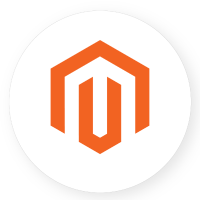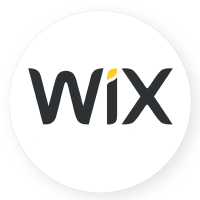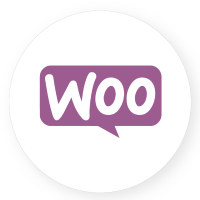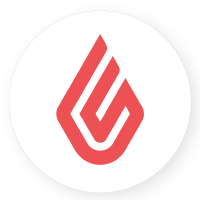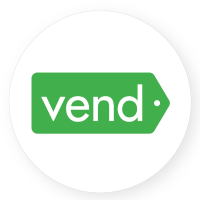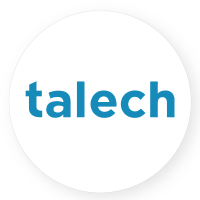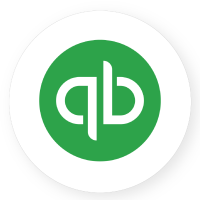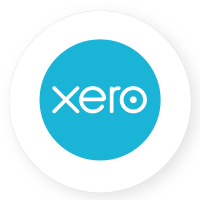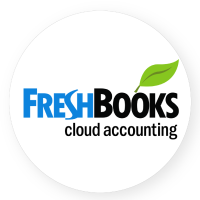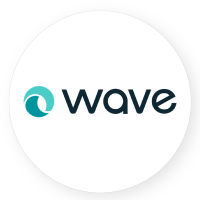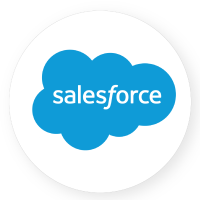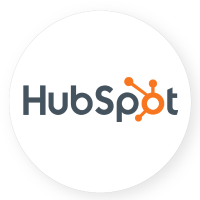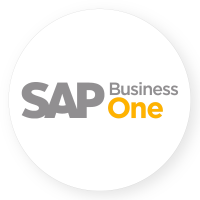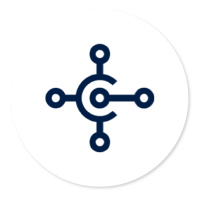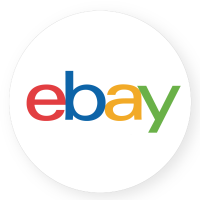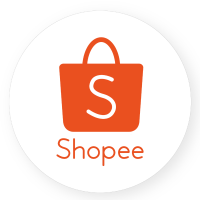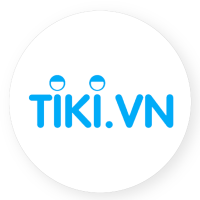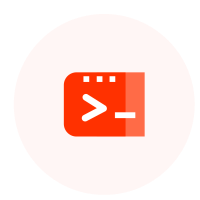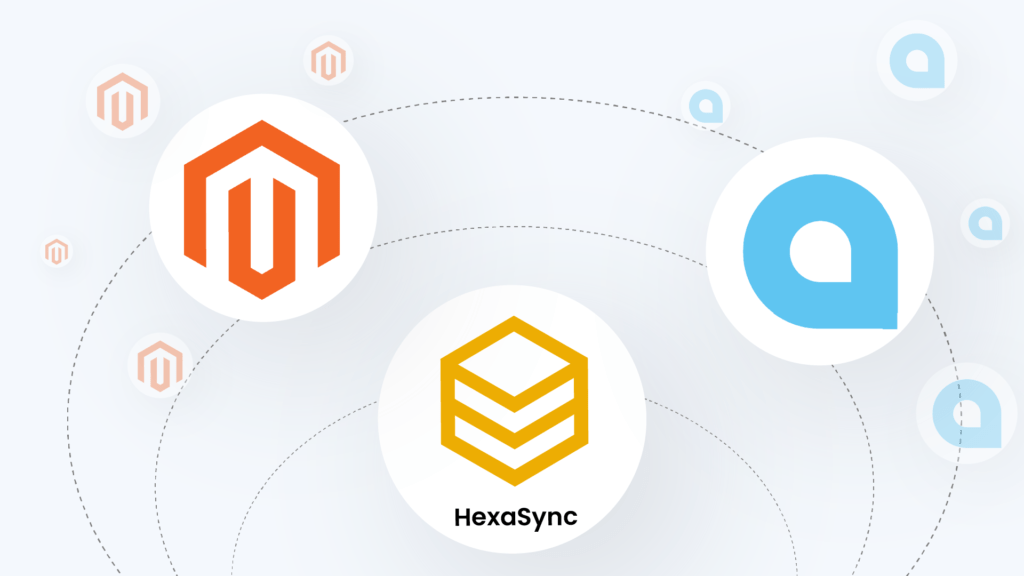Table of Contents
What are SaaS ERP Solutions?
Enterprise Resource Planning (ERP) is a system that automates all business processes and manages all business activities: marketing, sales, accounting, human resources, etc. SaaS or Software as a Service is one of the cloud-based ERP models of solution.
Instead of running on the purchasing organization’s servers and infrastructure, this SaaS ERP software runs in the ERP vendor’s data center (known as on-premises ERP). It also allows end-users of the business to access the software remotely via the internet or other software service provider networks.
More businesses nowadays choose solutions to standardize their most essential business processes. They want to increase efficiency and return on investment (ROI). As a result, global ERP systems are becoming the preferred IT solution for businesses of all sizes.
Selecting a software deployment model is just as important as choosing the correct ERP solution. For instance, here are some common models to consider to assist you in making the proper decision:
- On-Premise ERP
- Cloud ERP
- Hybrid Cloud ERP
- Software as a Service (SaaS) ERP
For many businesses, each ERP method has its advantages and disadvantages. Selecting whether to employ software as a service (SaaS) or cloud ERP may be a complex and challenging process for many businesses.
To find out which solution is suitable for your business, match your requirements with what a particular solution offers. Thus, this article will take you to learn the pros and cons of the top 9 SaaS ERP software so you can better visualize them. After that, you can know which solution is for your business

In addition, read more about Best Cloud ERP Software Solutions 2022
Sage X3 SaaS ERP
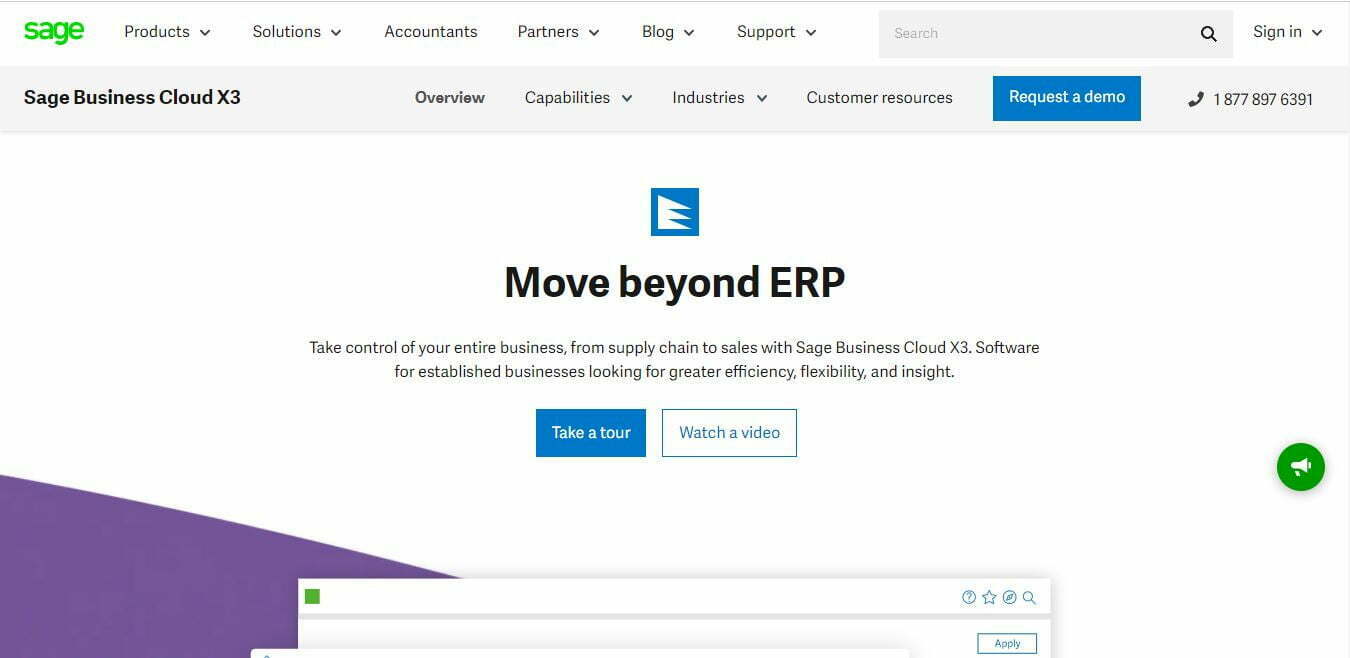
Sage X3 is a Sage Group enterprise resource planning solution for established enterprises. Its products include SaaS accounting software that allows businesses to make payments, monitor and pay invoices, and manage payroll.
Sage’s online ERP software will improve your company’s operations and development possibilities whether you manage a small business or a major multinational. Our SaaS ERP software also offers secure cloud and mobile access, threat intelligence monitoring, and regular system patches to protect your business-critical data.
Pros
- Helps your business grow and stay competitive by giving users the information they need to serve their customers better. It also controls quality and eliminates inefficiencies across the organization.
- Optimizes your core operations while adapting to industry best practices, from manufacturing to distribution and financial management to business services.
- Many people praise Sage X3’s user-friendly design, praising its simple and clear dashboards.
- The software is also well-known for its great level of customization. The tool may be expanded out and customized to match the demands of different business lines with the correct strategy and specialists to carry it out.
- Industry-specific modules are already available in Sage X3. There are no additional compliance processes or product adjustments required.
- Sage X3 provides completely integrated online services, allowing businesses to generate relevant customer and process analytics from their websites and customer databases.
Cons
- Because Sage’s Crystal Reports are difficult to use and export, many businesses must choose customized development to meet their reporting needs.
- The main language of Sage X3 is a proprietary 4GL language. Few companies have the in-house expertise to handle settings in this language. So they must turn to third-party providers for advice and implementation.
- Customer care professionals from Sage frequently lack the technical, geographic, or industry-specific knowledge required to help consumers.
- It is inappropriate for businesses with less than $10 million in annual revenues.
SAP S/4 HANA
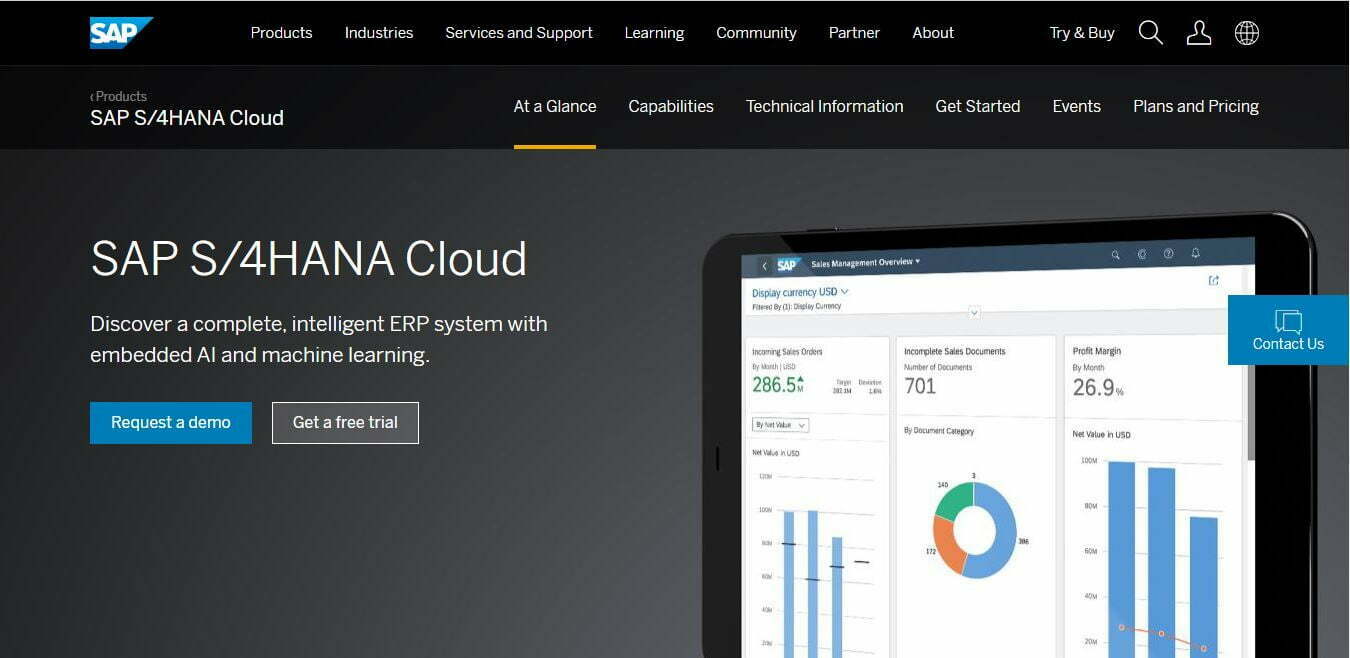
SAP S/4HANA is SAP’s ERP system for large businesses. It is the successor to SAP R/3 and SAP ERP. SAP S/4HANA is the acronym for SAP Business Suite 4 SAP HANA. Similar to the switch from SAP R/2 to SAP R/3, it brings in the following significant wave of innovation for SAP clients.
With artificial intelligence and next-generation best practices, SAP S/4HANA Cloud empowers every employee to make smarter choices more quickly. Using integrated processes, plan, schedule, and execute asset maintenance tasks to achieve operational excellence.
Pros
- SAP HANA allows for real-time data analysis and decision-making capability. As a result, it gives instant real-time insights.
- Because the data is stored in RAM, in-memory database technology allows for extremely quick data processing and transactions.
- In SAP HANA, multiple operations can be processed in parallel. But in traditional databases, only one action can be handled for a single query.
- You may access multiple databases for transactional (OLTP) and analytical (OLAP) queries together in SAP HANA’s in-memory database.
- Due to SAP HANA’s source-agnostic features, you can get data from various external sources. As a result, data integration is simple.
- You may save the business insights in a Persistent Data Repository and recover them in the case of a failure.
- Data modeling and design technologies enable data models to be flexible and virtual. It also facilitates the modeling and remodeling process.
Cons
- SAP HANA is only compatible with SAP or SUSE Linux-certified hardware, and license costs are quite expensive.
- Because of the many business systems, SAP HANA does not support all ERP solutions. To be compatible with SAP HANA, ERP customers must update their systems.
- The previous version quickly became obsolete due to frequent SPS releases and upgrades. Thus, it may cause inconvenience to the user because they must pay for a new update every time, and upgrading is time-consuming.
- Hybrid HANA solutions, such as operating it partially in the cloud and partly on-premises, generate a lot of problems and don’t work well.
- Typically, developers who keep to their old ways of working with database technology cannot fully utilize SAP HANA. Despite SAP HANA’s many other features and functions, they only use it as a fast in-memory database.
Odoo ERP
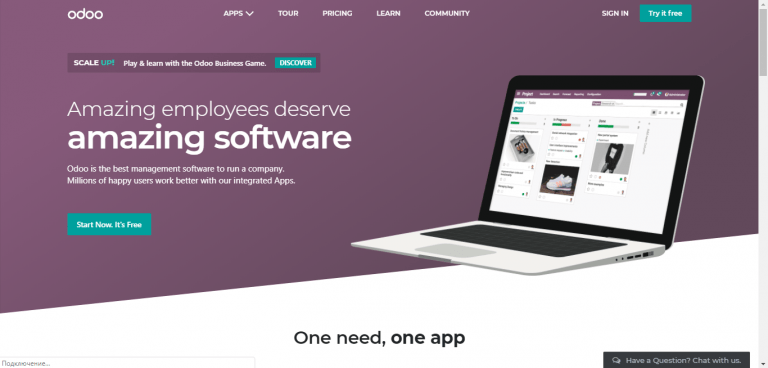
Odoo is a platform that allows you to do more than just sales and manage projects. It’s a solution that includes a POS, MRP, and other e-commerce features to help users manage many business activities.
This software now features an all-around business management solution suitable for today’s industry, thanks to its powerful inventory management.
Pros
- Odoo ERP connects all modules together, allowing users to easily track products from manufacturing through delivery.
- Odoo has a number of tools that help businesses improve their sales processes by integrating electronic signatures in communication, documents, revenue scaling, etc.
- It also offers a number of basic and accessible customer service options.
Cons
- Odoo ERP has a complex framework that can be difficult to create or deploy according to your business needs.
- High pricing is one of Odoo’s most popular concerns.
Epicor Kinetic
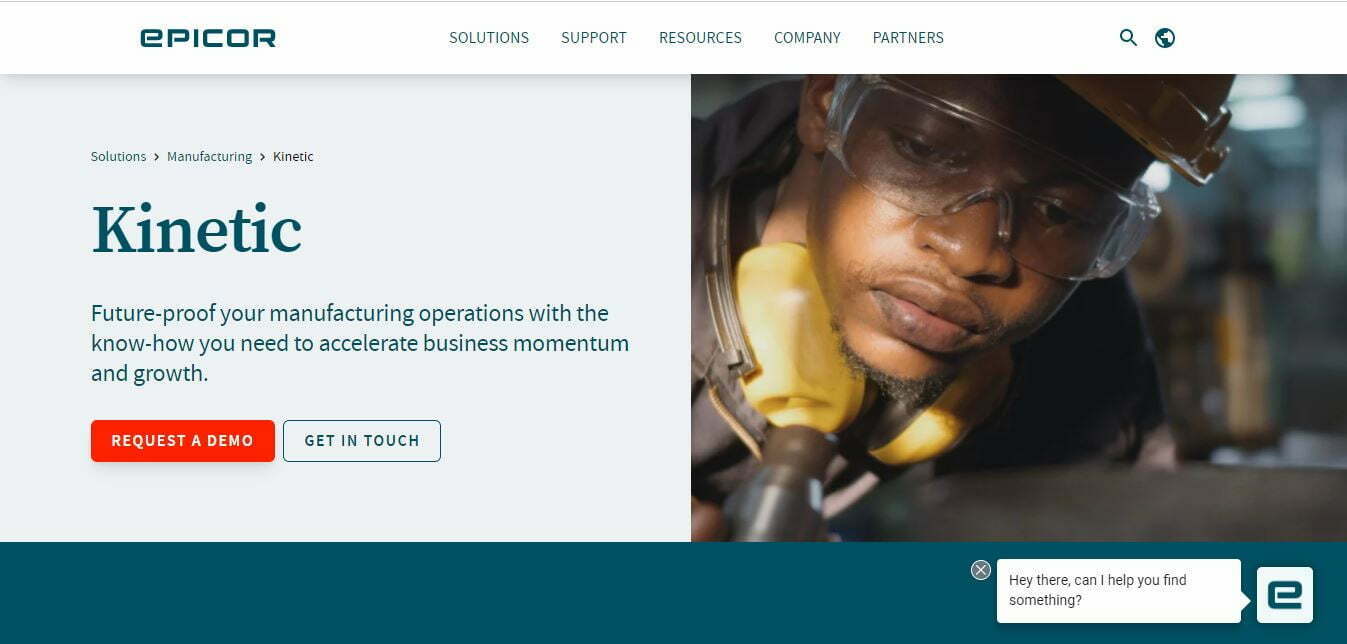
Epicor ERP is a distribution, manufacturing, services, and retail-focused enterprise system. It works in various operating platforms and may be installed on-premise or as a SaaS solution.
It helps mid-sized and big businesses combine data, discover insights, and promote data-driven decisions to increase production, efficiency, and revenues.
The ERP includes an end-to-end framework that manages all your activities, from finance to accounting and CRM to project management, inventory, and human resource management.
Pros
- Epicor is best suited for manufacturing companies in the United States and Canada across various sectors. Because it improves manufacturing business requirements and allows businesses to develop and expand quickly.
- Epicor ERP is scalable and flexible, with a vast feature set. It supports your company’s development through easy deployment and extension, regardless of the size or complexity of your manufacturing process.
- It has modules to handle all aspects of your business, from accounting to CRM, project management, and human resources. Furthermore, this program allows you to select whatever module you want.
- It also comes with comprehensive accounting and financial management module. You may create a wide range of reports and statements with its support.
Cons
- This product is not intended for process manufacturing.
- Its implementation and customization are complex.
- An expert team must maintain this program.
- You will not receive assistance on time.
Sage Intacct
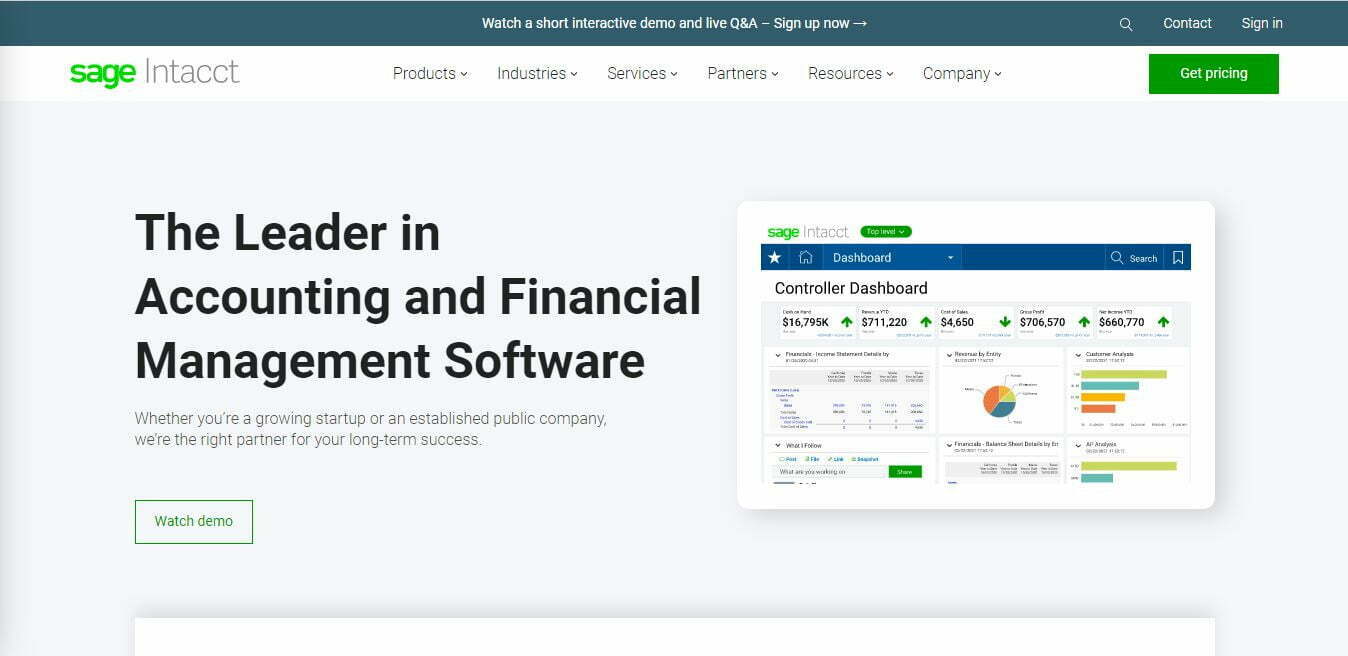
Sage Intacct is a SaaS financial management software that integrates finance, accounting, and cloud computing. That solution is a popular tool for improving process efficiency and increasing business growth.
It also offers a variety of options to meet the needs of any financial organization. Spending management, order management, cash management, account payables, and receivables are some of the possibilities available.
Pros
- Financial and non-financial teams will find the system simple to use.
- A single shared chart of accounts keeps the total number of accounts at a manageable level.
- The cloud platform allows customers to view their finances at any time of day or night.
- Each quarter, Sage Intacct Reporting and Dashboards deliver hands-off upgrades.
- Sage Intacct’s open, public API provides a great deal of flexibility and integration choices.
- Its community and your implementation partner will provide ongoing support, education, and training.
Cons
- Lack of operational capabilities that suite software could provide
- The cost of mid-market software is generally higher than that of small-company software.
- Aspects that are unintuitive as a result of the use of flexible and unorthodox reporting methods
- Changes to implementation configurations are difficult, limiting the software’s versatility.
Plex Smart Manufacturing
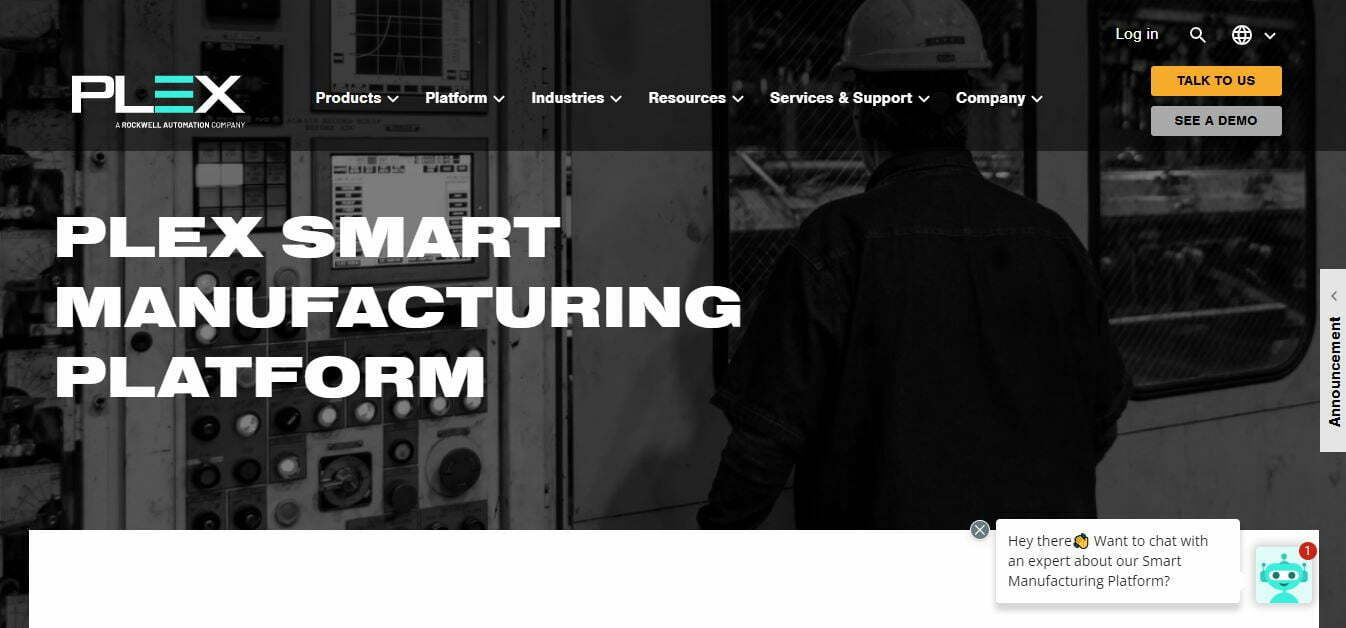
Plex Platform is a SaaS ERP software that connects people, systems, machines, and supply chains through MES, ERP, supply chain management, Industrial IoT, and analytics.
In addition, it enables manufacturers to connect, automate, track, and analyze every aspect of their business to drive business transformation.
Pros
- The core functionality is excellent. Because program management, advanced quality, maintenance, custom reporting, and human resources are all features that other ERPs lack.
- Ease of use for anyone who has dealt with line-of-business software that is web-based—allows for a reduction in total IT costs.
- It’s good to keep track of everything related to employees and manufacturing.
Cons
- The MRP, routers, and BOMs are disconnected, making planning extremely difficult.
- The software’s clunky functionality and current business intelligence tools make it challenging.
- It was a bit difficult to get everything set up. The user interface is also a little out of date.
Oracle NetSuite
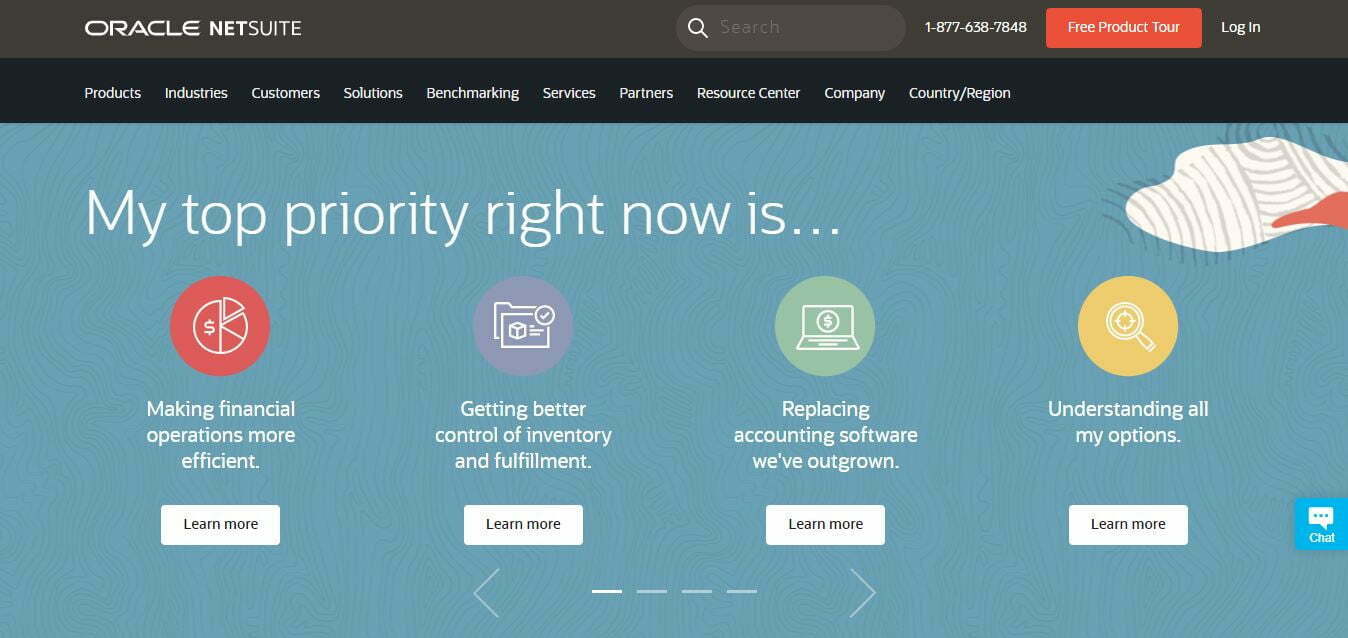
NetSuite is one of the best SaaS ERP systems for small to medium-sized businesses and works for larger corporations. It’s an all-in-one cloud business management solution. Because it automates essential activities and provides real-time visibility into operational and financial performance. In conclusion, this SaaS ERP software allows businesses to run more efficiently.
NetSuite provides ERP management features to serve finance, operations, sales, service, and HR needs across departments. Over 40,000 businesses in more than 160 countries use NetSuite ERP.
Pros
- Users may quickly customize their forms, fields, and records. Businesses can create additional functions, workflows, and processes based on the users’ specific business requirements.
- It is very simple to integrate with any other third-party system. Integrations improve business performance and provide significant advantages.
- Netsuite can automate all business activities. It will improve the efficiency of business procedures while also delivering promising outcomes.
- Netsuite’s ability to collect and access data in real-time helps make quick and accurate decisions.
Cons
- The process of personalization is complex. That requires competent Netsuite service provider maintenance and support.
- As the number of users and accounts grows, so does the expense of maintaining the ERP system.
Striven
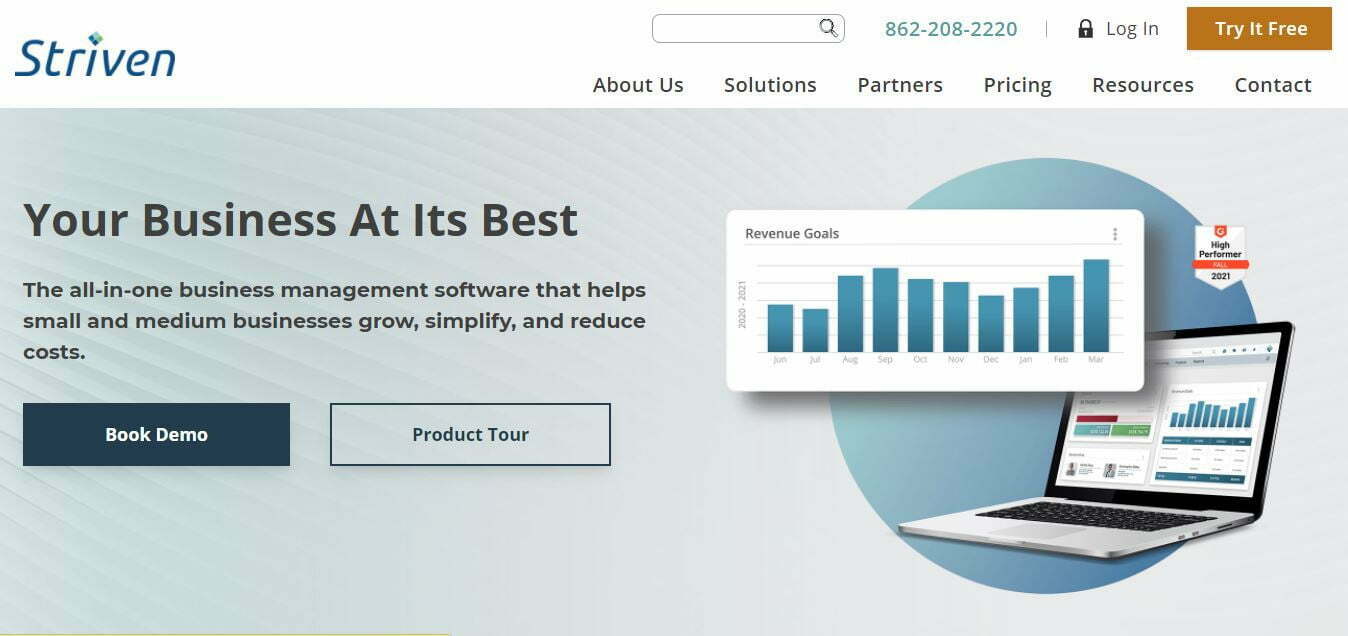
Industry 4.0 is here, and Striven is ready to help manufacturers face the most current challenges and opportunities. Starting at $20 per person, Striven is an entirely cloud-based, mobile-responsive ERP. Striven uses clever design ideas with manufacturing businesses that give you a cost-effective, agile solution.
Pros
- Striven’s four pillars are speed, data management, customization, and ease of use. Striven assures your success even before deployment by focusing on these benefits.
- Striven’s customer support team is entirely in-house and situated in the United States, so it’s always accessible when needed.
- Striven is designed to work for small, mid-size, and expanding businesses with various demands based on their size and specialty. Because it is completely scalable and natively integrated.
- Striven is a platform for automating, simplifying, and unifying your production processes.
- Striven’s inventory management system has made it incredibly simple for us to process, ship, and bill orders in a timely and effective manner.
Cons
- Payroll is not included.
- It takes some time to get used to the calendar function.
- Reporting and search capabilities are limited, which might be inconvenient.
Dynamics 365 Business Central
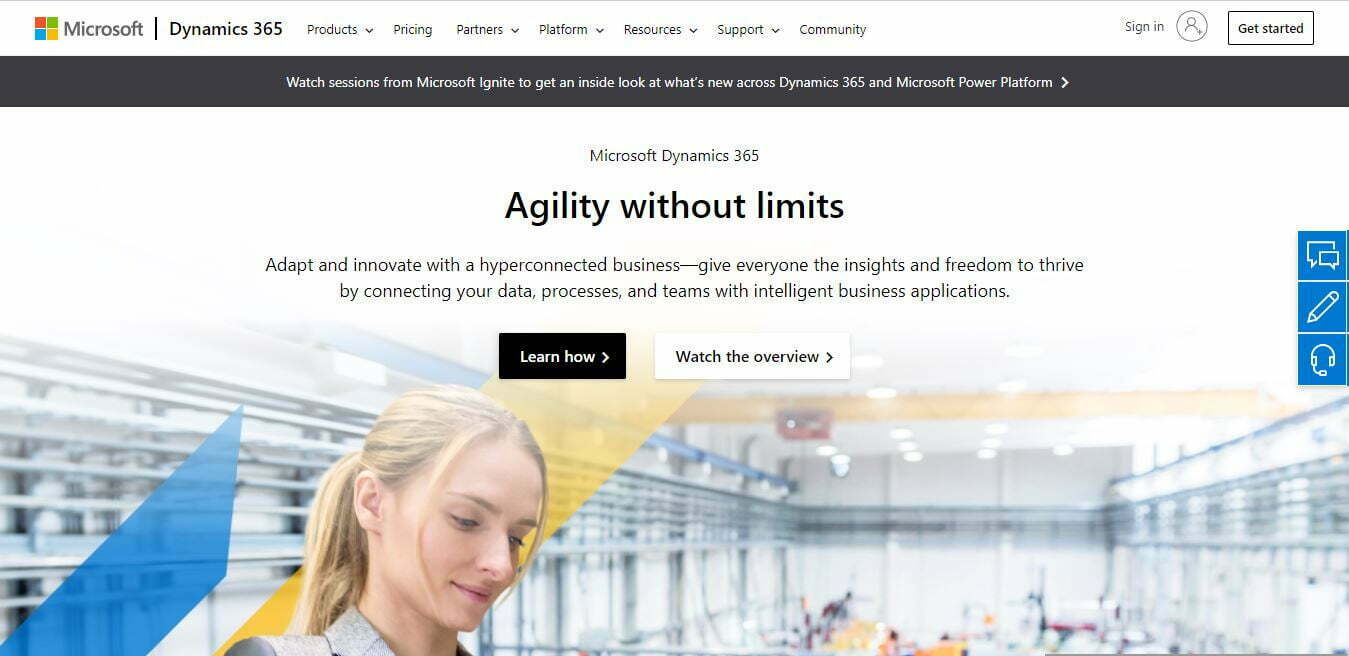
Microsoft Dynamics 365 Business Central is a comprehensive business management solution for small to medium-sized businesses.
There are three deployment options:
- Cloud – fully managed by Microsoft cloud service.
- Cloud + Edge – a central cloud node with locally stored application services and business data
- Local Business Data – on-premises business processes and data storage
Pros
- Automate the creation of bills of materials for production.
- Instead of re-entering quotations, sales orders can be created from them (this did require some bolt-on software). There is less duplicate effort, and there are fewer entry mistakes.
- User-friendly; training isn’t required to teach users how to use it, enter data, or produce results.
- It’s safe because it’s set up with a password and permission account.
- General accounting, A/R, A/P, Fixed Assets, and Budgeting requirements are all flexible and customizable.
Cons
- Reports can certainly be improved.
- It does not integrate with any other software or tools.
- For some people, navigation may be difficult.
- A third-party seller must do customization, modifications, and upgrades.
ERP Implementation & Integration with Beehexa
In conclusion, all SaaS ERP software solutions mentioned above are effective, but they each have their own problems and advantages. Because businesses have their unique objectives and needs, making it is impossible to suggest one system to all.
As with any large project, you must take things one step at a time with a SaaS ERP implementation plan. Because SaaS ERP implementation is the process of planning, configuring, and implementing a SaaS ERP system. So this process will take several months because of its complexity in supporting and automating many different functions.
This implementation needs to be careful, divided into several stages, and have a clear direction. Additionally, organizations need to carefully define their requirements, determine how to redesign their processes, and rigorously test them before implementation.
It can be seen that the SaaS ERP implementation process is very complex. Besides its benefits, there are still many challenges in the implementation process that business owners need to overcome. It’s normal to worry about SaaS ERP implementation failure, but luckily, we – Beehexa, are here to help you through the SaaS ERP implementation process every step of the way.
In addition to helping businesses with SaaS ERP implementation, we also provide an integrated solutions SaaS ERP – HexaSync integration platform. Our platform, acting as a middleware, will help your businesses automate your operations seamlessly by connecting perfectly to both your legacy systems and modern SaaS applications.
If you want to learn about HexaSync – a great product for your SaaS ERP Integration Strategy. Please contact us immediately. We will provide advice and demos to guide you in using this product. We are happy to schedule a demonstration to help you in your SaaS ERP implementation process today.


